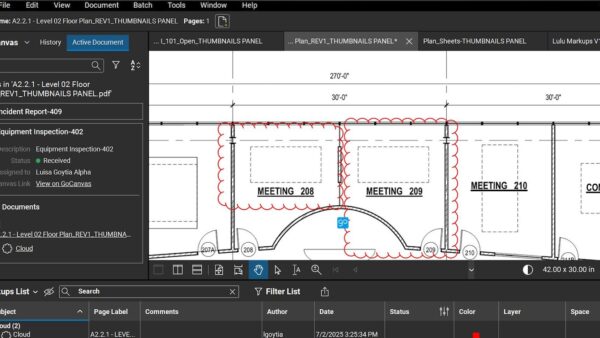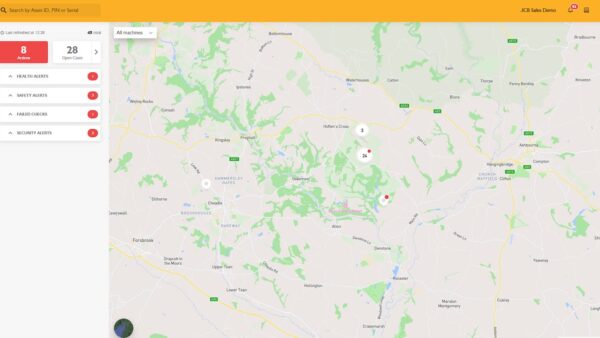
The government will launch its infrastructure pipeline digital portal next month, giving details of public projects for the next 10 years.
The portal will contain data on project timelines, size, funding status, location and procurement routes. It will include publicly funded and financed infrastructure projects alongside projects led by regulated and private sector infrastructure providers, covering projects from early stages of development through to construction.
The portal’s interactive dashboard has been developed in discussion with industry stakeholders. It will provide details of capital and maintenance costs for infrastructure and construction projects with a total cost of £25m or more for economic infrastructure (including transport, utilities and energy) and £15m or more for social infrastructure (such as education and health). Where projects do not meet the threshold, they may be represented as part of a programme of smaller projects.
The portal has been developed by the National Infrastructure and Service Transformation Authority (NISTA) in-house using existing platforms and will be expanded over time to include greater granularity, coverage, transparency and usability. New projects and updates will be added regularly (initially at least every six months) to maintain an up-to-date picture.
The portal will also be developed to better meet the needs of investors and will include opportunities for private investment.
“The transparency afforded by the pipeline should unlock innovative approaches to delivering in partnership with the construction sector, further supporting a rise in productivity,” HM Treasury stated in announcing the pipeline portal (as part of the wider announcement of the government’s 10-year infrastructure strategy).
Spatial tool
The strategy announcement also revealed that the NISTA is leading the development of the government’s national infrastructure spatial digital tool. It is a single digital platform that brings together strategies, data and tools, including AI, to identify local infrastructure needs and constraints (e.g. energy, water and wastewater, transport, flood risk, digital telecoms) for housing, industrial growth and land use scenarios.
The spatial models underpinning the tool provide local projections of infrastructure capacity and need for a range of systems and metrics up to 2035 and/or 2050.
Future iterations of the tool will provide a consistent means for central and local government to test how policies, strategies and decisions interact spatially with infrastructure and to capture spatial trade-offs.
By overlaying contextual datasets on land use, environmental considerations and economic potential, this work will provide evidence on where infrastructure can make the biggest contributions to economic growth, the Treasury stated.
Construction Playbook
The infrastructure strategy also states that NISTA will reinforce the requirement that projects in England comply with the Construction Playbook. It will also support government departments to “apply a consistent approach to procurement practices to enable earlier industry involvement in the design and delivery to ensure the best performance from supply chains and to deliver social and economic value”.
NISTA will also take a more collaborative approach: it will consider introducing open book pricing, fixed overheads and profit linked to continuous improvement targets, underpinned with accountability and consistent data to achieve real efficiencies.
Finally, the infrastructure strategy will also tackle inconsistent asset data; “all government departments and agencies should move to a consistent method for data collection and sharing,” the Treasury stated. This will better enable costs comparisons and prioritisation.















